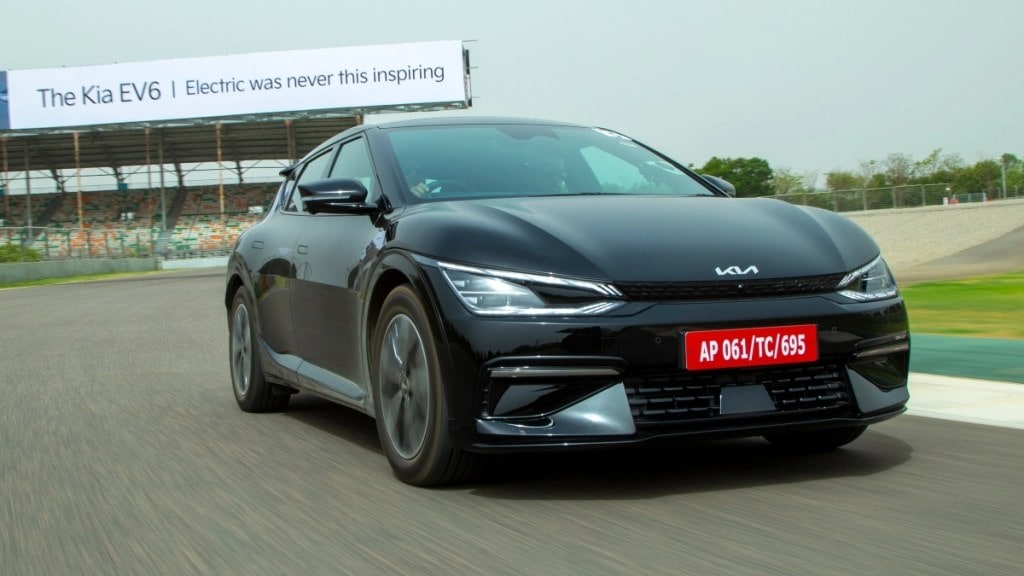By Tae-Jin Park
The spotlight is shining bright on electric vehicles (EVs) as they seem to have found their place under the sun. The quest for a cleaner and sustainable future has paved the way for widespread adoption of EVs, and the numbers speak for themselves. According to data sourced from Vahan, India sold a staggering 38,000 EVs (personal cars) in 2022, a significant jump from a mere 847 units in 2019.
The future seems brighter still, with projections indicating that EV sales could reach a quarter of a million by 2025. By 2030, it is estimated that almost 30% cars on Indian roads will be electric.
Experts believe 2023 could be the year that the debate on EVs versus traditional vehicles finally tilts in favour of the former. With such encouraging data and growing consciousness about the environment, it’s only a matter of time before EVs become the norm.
Also read: Sustainable Mobility Highlights: Dealing with progressively stricter emission norms
Here are some mega trends fuelling EV growth.
Environmentally-conscious consumers
As per Deloitte’s Global Automotive Consumer Study 2022, 59% of Indian consumers are concerned about climate change, pollution levels and diesel emissions, and their interest in EVs has grown manifold due to lower running costs, environmental consciousness and a better driving experience. New RDE norms, rising fuel prices, improving highway infrastructure, and low cost of EV ownership will further bolster EV adoption.
Breakthrough products
Around 30-40 EV car launches are expected to happen in India by 2025, giving customers a plethora of choice. These EVs have the latest technology, advanced features and top-notch performance.
Supportive policies
The government has established a robust EV infrastructure, and schemes like FAME 1 and FAME 2 have helped incentivise EV purchase and promote the development of charging infrastructure. To further bolster electric mobility, the government reduced GST on EVs from 12% to 5%, and on chargers or charging stations from 18% to 5%.
Recent announcements regarding localisation of EV components, allocation of Rs 57,000 crore through production-linked incentive (PLI) schemes, and Rs 18,100 crore for advanced battery cells (ACCs) are expected to further boost EVs. The Union Budget 2023 extended provisions for concessional duty on lithium-ion cells for another year and extended custom duty exemption on the import of specified capital goods or machinery for the manufacture of lithium-ion cells for use in EV batteries until March 31, 2024.
But there are some challenges. Unlike gas-powered vehicles that can be driven for a very long distance, EVs have a comparatively shorter range. Easy accessibility of charging stations is still a concern if we look beyond metros. But global trends have shown that 80% users charge EV at home. Highways are also getting electric — for instance, the Delhi-Chandigarh highway has at least six charging hubs. EV makers in India have also converged on common standards for chargers, so that any brand’s EV can be charged at any charging station.
A unique thing about EVs is these are economical to run — maintenance cost is very little, and charging cost is less than or about Rs 1.25 per km. On the other hand, a conventional car’s running cost can average Rs 8.5 per km or even higher. Battery replacement, another concern, happens only after 5-7 years or more of operating an EV.
Also read: Stellantis operation fully equipped to build a car from scratch in India
The potential for EVs is huge in India. Every big automaker has at least one pure electric offering or will soon have one. Looking at these developments, it seems India will realise its 2030 vision much ahead of the timeline and we at Kia are excited to play a big role in it.
The author is MD & CEO, Kia India. Views are personal


















